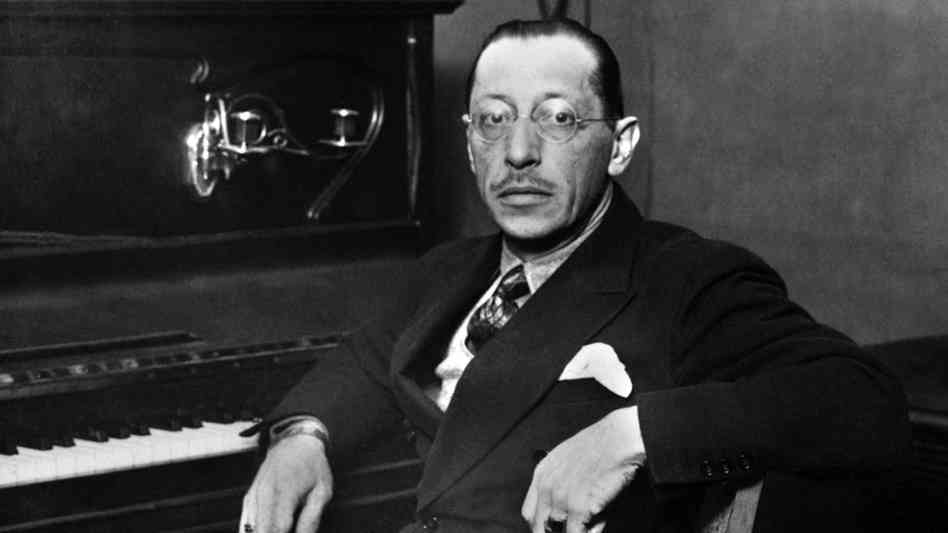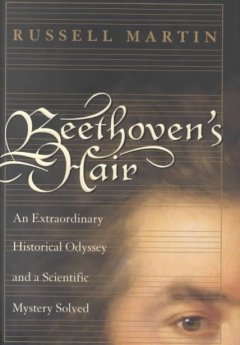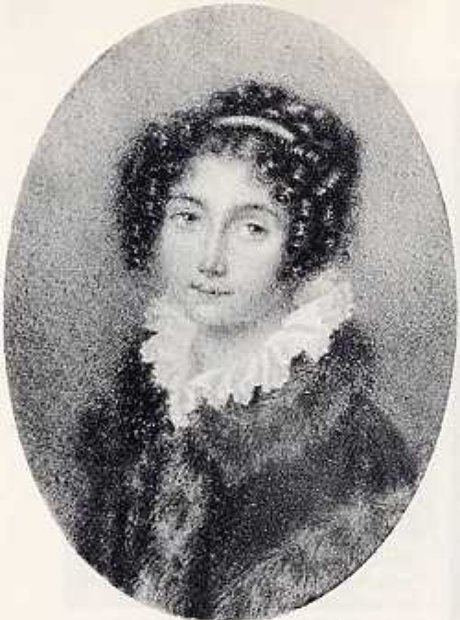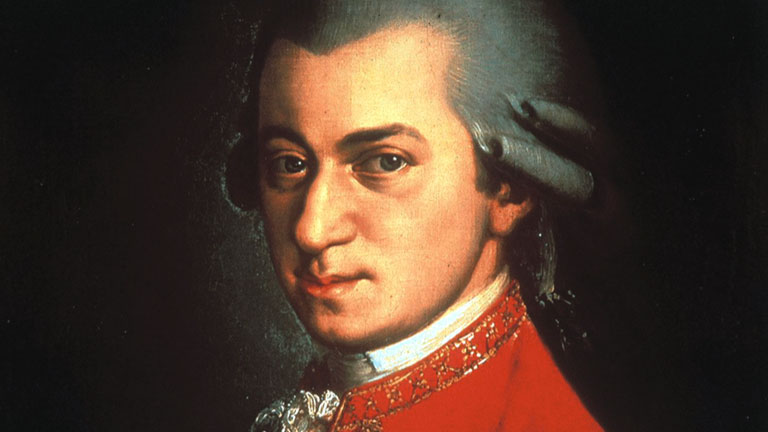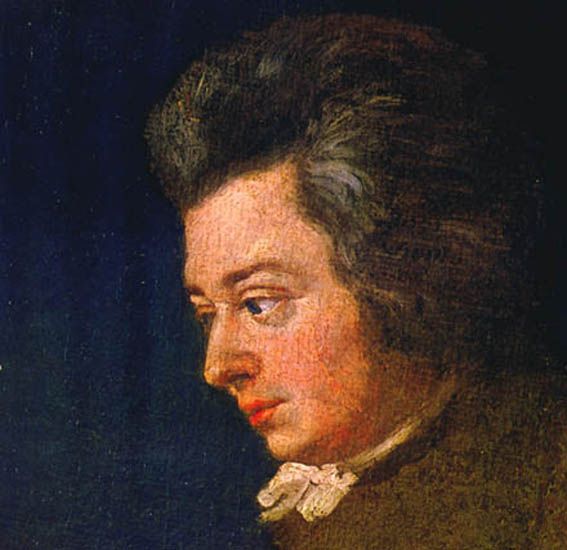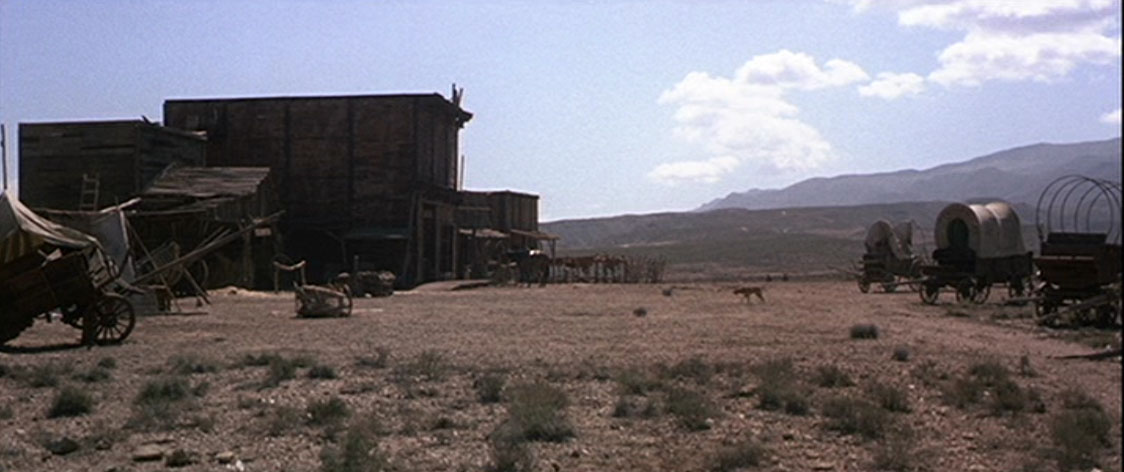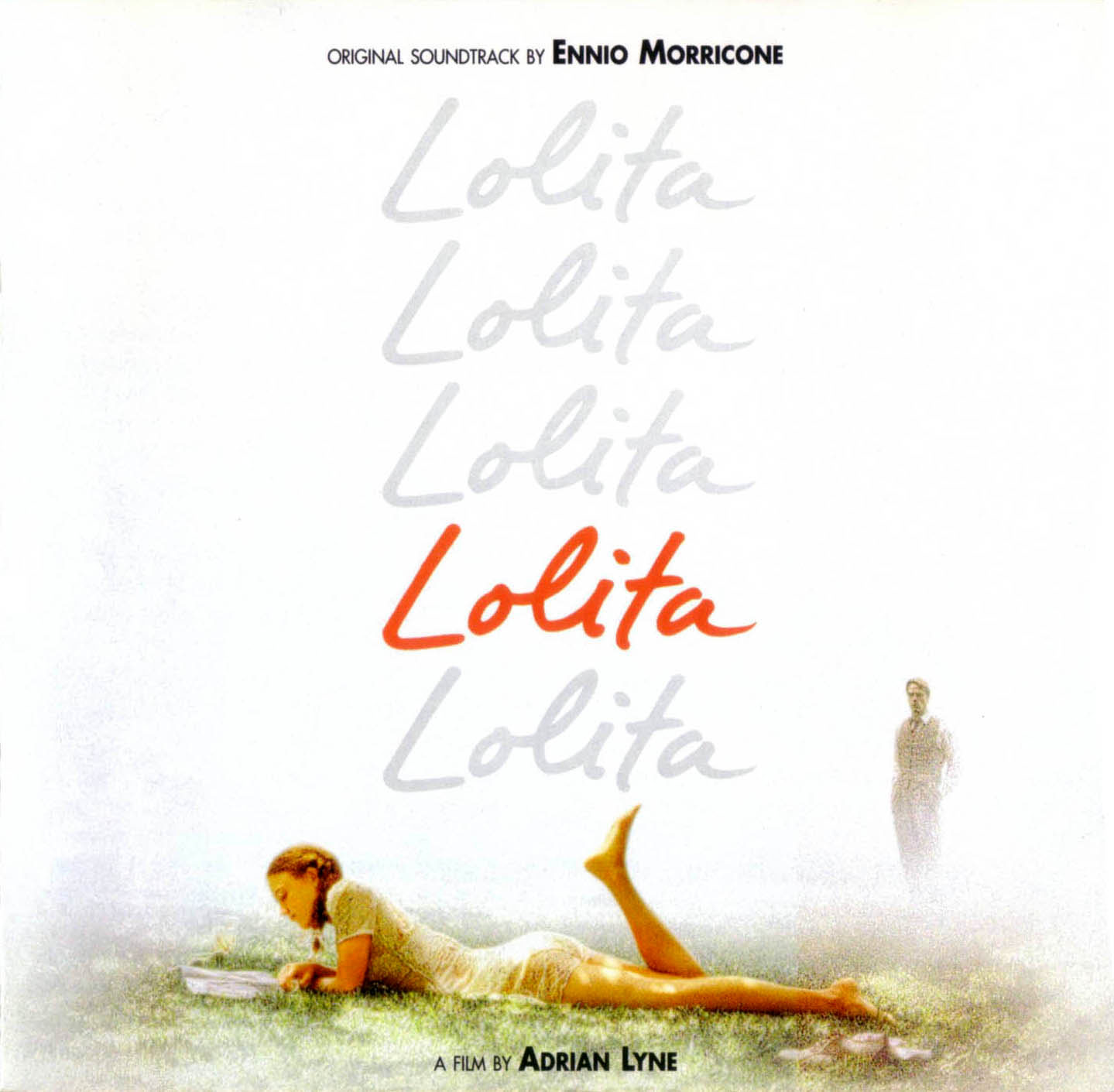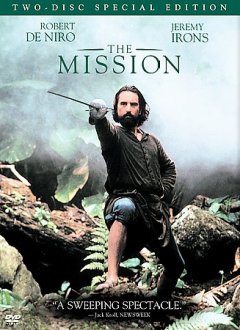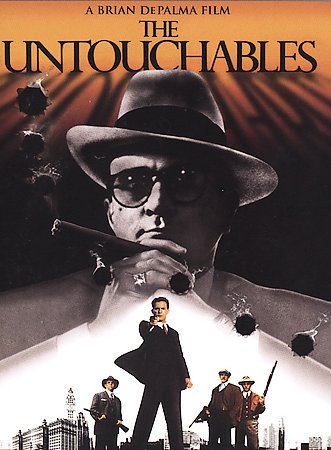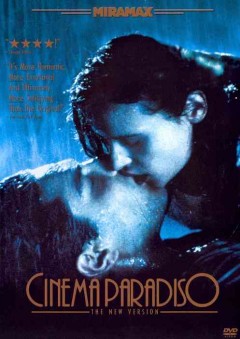And a very happy birthday to Russian composer Igor Stravinsky!
Stravinsky was born on this date in 1882 in a suburb of St. Petersburg, then the capital of Imperial Russia. Though he showed musical promise from an early age, his parents sent him to law school…where he attended approximately fifty classes in four years. Though he managed to get a “half degree” in law, he had already begun taking private lessons from his mentor, Rimsky-Korsakov, and was very soon on his way to becoming famous. He became an overnight sensation with the performance of The Firebird in 1910.
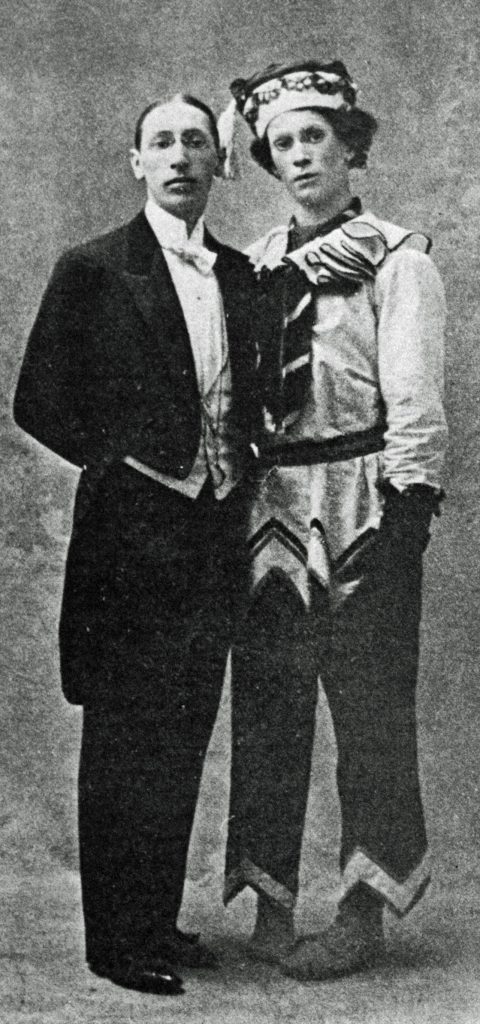 Stravinsky, his wife and family were staying in Switzerland, as they did most summers, when the First World War began, forcing them to remain far, far from home. Though finances were tight during this period, Stravinsky eventually found work with Sergei Diaghilev Ballet Russe, one of the most famous, avant-garde ballet companies of the 20th century (see him pictured with star Nijinsky at left). Stravinsky wrote the music for the ballet Rite of Spring, which, I kid you not, led to a riot in the Paris theater where it was first performed. Though no details exist about the specific choreography, the Joffrey Ballet spent seven years recreating the performance, tracking down costumes around the globe, locating the last surviving witnesses of that performance, and compiling newspaper reports, diaries, notes, and sketches from an incredible array of archives in order to make the most accurate re-creation possible. Here is a clip from that performance, which debuted in 1989:
Stravinsky, his wife and family were staying in Switzerland, as they did most summers, when the First World War began, forcing them to remain far, far from home. Though finances were tight during this period, Stravinsky eventually found work with Sergei Diaghilev Ballet Russe, one of the most famous, avant-garde ballet companies of the 20th century (see him pictured with star Nijinsky at left). Stravinsky wrote the music for the ballet Rite of Spring, which, I kid you not, led to a riot in the Paris theater where it was first performed. Though no details exist about the specific choreography, the Joffrey Ballet spent seven years recreating the performance, tracking down costumes around the globe, locating the last surviving witnesses of that performance, and compiling newspaper reports, diaries, notes, and sketches from an incredible array of archives in order to make the most accurate re-creation possible. Here is a clip from that performance, which debuted in 1989:
So today, feel free to be a little revolutionary–a little ahead of your time–and check out some of our great recordings of Stravinsky’s immortal (and still rather shocking) works–along with some of these books that made their way onto the shelves this week!
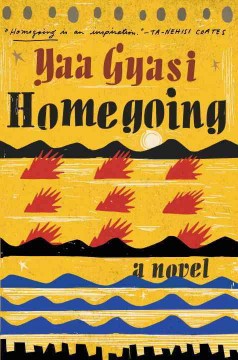 Homegoing: Yaa Gyasi’s first novel has been getting quite a bit of attention, and has been making its presence known on a number of “Best Of” lists–and for good reason. Her story is at once a sweeping epic that covers three hundred years of history, and also a deeply personal story of families and belonging, crossing genres and boundaries with effortless grace. At the heart of this tale are two half-sisters, Effia and Esi, growing up in separate world at the close of the 18th century in the land that would come to be known as Ghana. While Effia is married off to an Englishman, and enjoys the privileges and comforts that such a life includes, Esi is imprisoned in the dungeon beneath the caste, and shipped to America as part of the phenomenally lucrative trade in human beings. The novel follows both women, and their descendants, across time, as they navigate life in the United States and in Ghana, creating a tale that The New York Times Book Review called, “hypnotic…the great, aching gift of the novel is that it offers, in its own way, the very thing that enslavement denied its descendants: the possibility of imagining the connection between the broken threads of their origins.”
Homegoing: Yaa Gyasi’s first novel has been getting quite a bit of attention, and has been making its presence known on a number of “Best Of” lists–and for good reason. Her story is at once a sweeping epic that covers three hundred years of history, and also a deeply personal story of families and belonging, crossing genres and boundaries with effortless grace. At the heart of this tale are two half-sisters, Effia and Esi, growing up in separate world at the close of the 18th century in the land that would come to be known as Ghana. While Effia is married off to an Englishman, and enjoys the privileges and comforts that such a life includes, Esi is imprisoned in the dungeon beneath the caste, and shipped to America as part of the phenomenally lucrative trade in human beings. The novel follows both women, and their descendants, across time, as they navigate life in the United States and in Ghana, creating a tale that The New York Times Book Review called, “hypnotic…the great, aching gift of the novel is that it offers, in its own way, the very thing that enslavement denied its descendants: the possibility of imagining the connection between the broken threads of their origins.”
 Duke of Sin: Elizabeth Hoyt is a genius at historical romances, and any new book from her is always cause for celebration. In this story, Valentine Napier, the Duke of Montgomery, is, quite literally, the stuff of society’s nightmares. He lives above the rules, blackmailing and carousing without scruples. But when Valentine encounters a women hiding out in his bedroom, he soon realizes that he’s met his match. Bridget Crumb is determined to discover all of Valentine’s secrets in order to save her mother from extortion, even if it means hiding in Valentine’s house as a housekeeper. But the longer she spends in his company, the harder it is to remember that Bridget has to keep her distance from the man who holds her fate in his conniving hands. Hoyt outdoes herself in developing her characters in this book, and even though many of Valentine’s and Bridget’s choices are challenging, it only makes their relationship that much more gripping, producing a story that RT Book Reviews raves “delivers a unique read on many levels: a love story, a tale of redemption and a plot teeming with emotional depth that takes readers’ breaths away. Kudos to a master storyteller!”
Duke of Sin: Elizabeth Hoyt is a genius at historical romances, and any new book from her is always cause for celebration. In this story, Valentine Napier, the Duke of Montgomery, is, quite literally, the stuff of society’s nightmares. He lives above the rules, blackmailing and carousing without scruples. But when Valentine encounters a women hiding out in his bedroom, he soon realizes that he’s met his match. Bridget Crumb is determined to discover all of Valentine’s secrets in order to save her mother from extortion, even if it means hiding in Valentine’s house as a housekeeper. But the longer she spends in his company, the harder it is to remember that Bridget has to keep her distance from the man who holds her fate in his conniving hands. Hoyt outdoes herself in developing her characters in this book, and even though many of Valentine’s and Bridget’s choices are challenging, it only makes their relationship that much more gripping, producing a story that RT Book Reviews raves “delivers a unique read on many levels: a love story, a tale of redemption and a plot teeming with emotional depth that takes readers’ breaths away. Kudos to a master storyteller!”
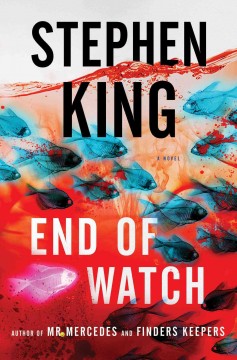 End of Watch: If you’re anything like me, and have been waiting for Stephen King’s blockbuster Bill Hodges trilogy to be released in its entirety before reading it–rejoice! For our long wait is over! This book closes out the story that began with Mr. Mercedes, and has followed Bill Hodges’ quest to destroy Brady Hartsfield, perpetrator of the Mercedes Massacre. Hartsfield is trapped in a Brain Injury Clinic, but even as his body deteriorates, his mind has come alive, filled with a dark new power that will send Hodges and his partner, Holly Gibney, on their darkest, most dangerous case yet. King has evolved this series from a police procedural into something supernatural, showing off the full range of his talents, and giving fans yet another reason to sleep with the lights on. Library Journal concurs–they gave this book a starred review, and cheered “One would assume that a writer like King, who has been at the top of his game for decades, would eventually run out of ideas. Instead, he serves up one of the most original crime thrillers to come along in years…A spectacular, pulse-pounding, read-in-one-sitting wrap-up that will more than satisfy King’s Constant Readers.”
End of Watch: If you’re anything like me, and have been waiting for Stephen King’s blockbuster Bill Hodges trilogy to be released in its entirety before reading it–rejoice! For our long wait is over! This book closes out the story that began with Mr. Mercedes, and has followed Bill Hodges’ quest to destroy Brady Hartsfield, perpetrator of the Mercedes Massacre. Hartsfield is trapped in a Brain Injury Clinic, but even as his body deteriorates, his mind has come alive, filled with a dark new power that will send Hodges and his partner, Holly Gibney, on their darkest, most dangerous case yet. King has evolved this series from a police procedural into something supernatural, showing off the full range of his talents, and giving fans yet another reason to sleep with the lights on. Library Journal concurs–they gave this book a starred review, and cheered “One would assume that a writer like King, who has been at the top of his game for decades, would eventually run out of ideas. Instead, he serves up one of the most original crime thrillers to come along in years…A spectacular, pulse-pounding, read-in-one-sitting wrap-up that will more than satisfy King’s Constant Readers.”
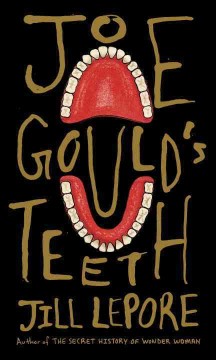 Joe Gould’s Teeth: Jill Lepore is not only a dedicated historian–she’s also a darned good story teller, and both of those gifts make this strange, odd sort of biography into a tragic, gripping, and utterly original study, not only of one man’s life, but of the journey it took to find him. Joe Gould believed that he was the most brilliant historian of his generation, and was determined to write a history of real life by writing down every word that he overheard. He was a friend to modernists like E.E. Cummings and Ezra Pound; he was associated with the Harlem Renaissance; he worked as a eugenicist on Native American reservations. He was also, quite probably, insane. For years, it has been assumed that his history was an invention of his troubled imagination, but Lepore was determined to look beyond those decades-old assumptions, and find the troubled man who created them. As NPR noted in its glowing review, “Joe Gould’s Teeth is more than just a fascinating footnote to a beloved literary landmark. Using the tools of her trade, Lepore ended up broadening her search for his lost notebooks to encompass trenchant questions about journalism, race, and mental illness. The result has bite.”
Joe Gould’s Teeth: Jill Lepore is not only a dedicated historian–she’s also a darned good story teller, and both of those gifts make this strange, odd sort of biography into a tragic, gripping, and utterly original study, not only of one man’s life, but of the journey it took to find him. Joe Gould believed that he was the most brilliant historian of his generation, and was determined to write a history of real life by writing down every word that he overheard. He was a friend to modernists like E.E. Cummings and Ezra Pound; he was associated with the Harlem Renaissance; he worked as a eugenicist on Native American reservations. He was also, quite probably, insane. For years, it has been assumed that his history was an invention of his troubled imagination, but Lepore was determined to look beyond those decades-old assumptions, and find the troubled man who created them. As NPR noted in its glowing review, “Joe Gould’s Teeth is more than just a fascinating footnote to a beloved literary landmark. Using the tools of her trade, Lepore ended up broadening her search for his lost notebooks to encompass trenchant questions about journalism, race, and mental illness. The result has bite.”
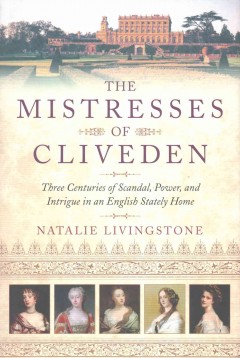 The Mistresses of Cliveden : Three Centuries of Scandal, Power, and Intrigue in an English Stately Home: Those of you mourning the end of Downton Abbey, this book, featuring a colossal English manor, and the secrets that hide behind its ivied walls, will go a long way to helping you through this difficult time. The estate was originally built under the reign of Charles II for the Duke of Buckingham, who needed a place to carry on his affair with his mistress, Anna Maria, Countess of Shrewsbury. That relationship led to a fatal duel, but also ensured Anna’s position at Clivenden would remain unchallenged, leading to a history that is replete with strong, fearless women who were willing to challenge society in order to carve a place for themselves in it. Natalie Livingstone’s book places each of these women within the broader context of their time, but never loses sight of their remarkable strength and ingenuity, making for a story that the Evening Standard called, “Well-researched, well-written and narratively enthralling”.
The Mistresses of Cliveden : Three Centuries of Scandal, Power, and Intrigue in an English Stately Home: Those of you mourning the end of Downton Abbey, this book, featuring a colossal English manor, and the secrets that hide behind its ivied walls, will go a long way to helping you through this difficult time. The estate was originally built under the reign of Charles II for the Duke of Buckingham, who needed a place to carry on his affair with his mistress, Anna Maria, Countess of Shrewsbury. That relationship led to a fatal duel, but also ensured Anna’s position at Clivenden would remain unchallenged, leading to a history that is replete with strong, fearless women who were willing to challenge society in order to carve a place for themselves in it. Natalie Livingstone’s book places each of these women within the broader context of their time, but never loses sight of their remarkable strength and ingenuity, making for a story that the Evening Standard called, “Well-researched, well-written and narratively enthralling”.
And so, beloved patrons, until next week–happy reading!

